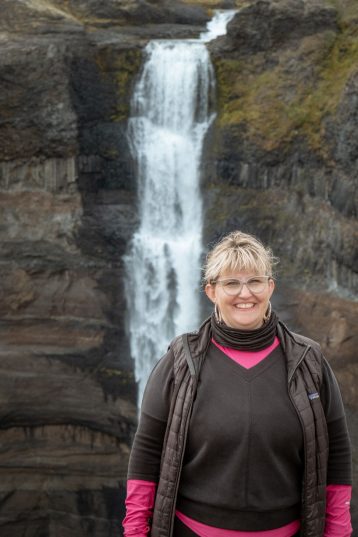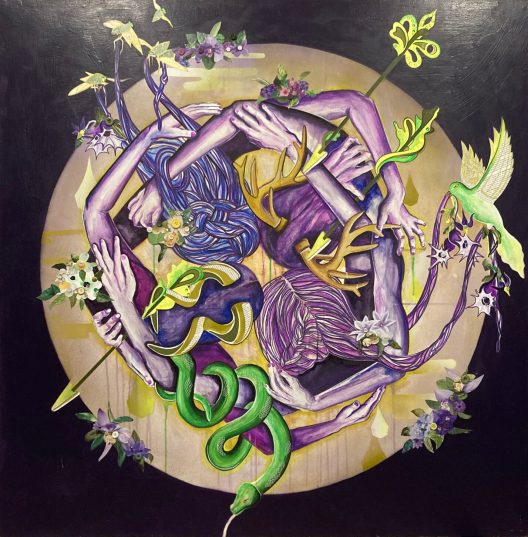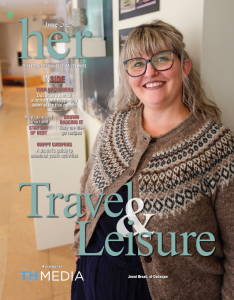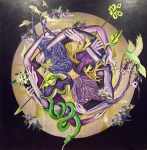If you are a caregiver, you know how important it is to carve out time for play, enjoyment and engagement.
Often when caregiving, the most prominent areas are doctor’s appointments, three balanced meals per day, medication management, dentistry, bathing and other daily tasks.
Although those areas are so important in a care plan, it is as important for the quality of life of your loved one to include the arts.
We all know at some level of the important relationship between creative expression and healthy aging. And, if you are caring for someone, you know how very important the arts are in our everyday lives. The possibilities are endless when it comes to art.
Included are just some of the possibilities of the magic that we can incorporate into our caregiving:
Poetry.Storytelling.Nature.Dance.Painting.Songwriting.Spirituality.Photography.Music.Cinema.
Synergies between arts, health, wellness and medicine have been around for a long time. Early civilizations such as the Greek and Roman cultures cited literature that emphasized the benefits of the arts on health and well-being. The Japanese call it Ikigai. It is a concept on the secret of a happy life.
Ikigai essentially means, “a reason for being.” It’s made from two Japanese words: Iki, meaning “life,” and kai, meaning “effect, result, worth or benefit.” Combined: “A reason for living.” Isn’t that a beautiful concept?
Examples of Ikigai often are related to aspects of social identity, including work and family life. But it’s often explained as something more than that. It’s the idea of seeking a purpose in everything you do in life. It has been shown that hobbies, friendships, the arts, community involvement and travel all add to and enrich your Ikigai.
Today, our aging populations demand that we find alternative ways to support aging, wellness and related health conditions.
In a more formal setting, we schedule in the arts every chance we can. If someone doesn’t create art, maybe they appreciate it instead. If someone is not a musician, perhaps they enjoy music instead.
This practice can be highly tuned at home. A question to ask is what activity does your loved one lose track of time while doing? That typically is a great sign when someone loses all track of time and gets into the flow of enjoyment.
You might have to try many things to find a couple things that are engaging for your loved one. That exploration is well worth the time. When you find a few things that hit the mark, it can quadruple the enjoyment your loved one experience each day.
Also, since this issue is devoted to women in the arts, I would be remiss if I didn’t extend a very special thank you to Margi Buhr, Director of Education for the Dubuque Museum of Art. Margi engages older adults with art in the most beautiful and elegant fashion. She contributes significantly to improve the lives of our dementia families. We are all so appreciative of her magic throughout the years.
I also would like to extend a special thank you to Tracey Rush. Tracey enriches older adult’s lives through her Creative Aging program, sponsored by the Northeast Iowa School of Music. She helps older adults reach their untapped music potential, all the while contributing enjoyment and joyful learning. Our older adults simply love the time that Tracey so generously offers.
Thank you to all of the women in our community who make sure that the arts reach all of us to optimize our lives. We really have an embarrassment of riches in our area and we are so appreciative of life’s many treasures.
Laura Nissen is the Director of Grand Meadows Assisted Living in Dubuque.












